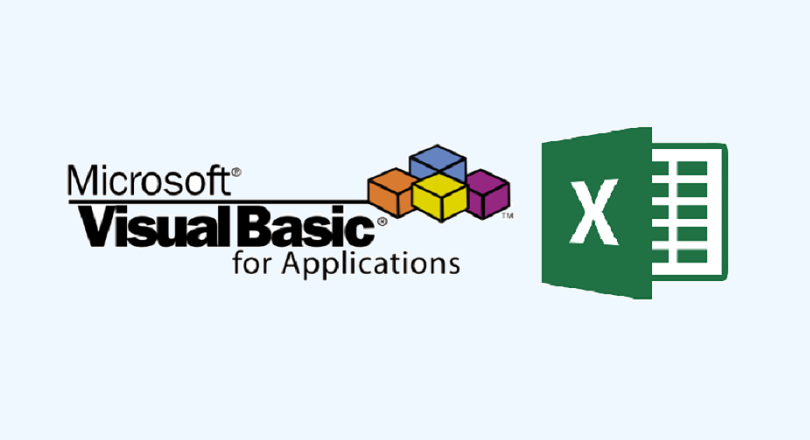
Free eBooks for Beginners
VBA, or Visual Basic for Applications, is a programming language that can be used to automate tasks in Microsoft Office programs like Excel, Word, and PowerPoint. As a beginner, it’s important to understand some of the most frequently used string manipulation techniques in VBA.
One of the most basic string manipulation techniques is called “substring”. This allows you to extract a specific portion of a string. For example, if you have a string “Hello World” and you want to extract only “World”, you can use the substring function to select the last 5 characters of the string.
Another useful string manipulation technique is called “replace”. This allows you to replace a specific character or group of characters within a string with something else. For example, if you have a string “Hello World” and you want to replace the space between “Hello” and “World” with an underscore, you can use the replace function to accomplish this.
You can also use the “Left” and “Right” functions to extract a specific number of characters from the left or right side of a string. For example, if you have a string “Hello World” and you want to extract only the first 5 characters, “Hello”, you can use the Left function to accomplish this.
Another useful string manipulation technique is called “Trim”. This function is used to remove any unnecessary spaces from the beginning and end of a string. For example, if you have a string ” Hello World ” and you want to remove the spaces before and after the text, you can use the Trim function to accomplish this.
It’s also possible to use the “Len” function to determine the length of a string. This function returns the number of characters in a string. For example, if you have a string “Hello World” and you want to know how many characters it contains, you can use the Len function to accomplish this.
In addition to the above functions, there are other string manipulation techniques available in VBA such as “UCase” and “LCase” which are used to convert a string to uppercase or lowercase, respectively.
In conclusion, understanding the basics of string manipulation in VBA is an important part of becoming proficient in this programming language. Whether you’re working with substrings, replacing characters, extracting specific portions of a string, or determining the length of a string, these techniques will help you to create more advanced and powerful macros. With practice and experimentation, you’ll be able to master these techniques and take your VBA skills to the next level.
VBA for Beginners – Chapter 08 : Frequently used string manipulation
 Loading...
Loading...
Disclaimer: The information and code presented within this recipe/tutorial is only for educational and coaching purposes for beginners and developers. Anyone can practice and apply the recipe/tutorial presented here, but the reader is taking full responsibility for his/her actions. The author (content curator) of this recipe (code / program) has made every effort to ensure the accuracy of the information was correct at time of publication. The author (content curator) does not assume and hereby disclaims any liability to any party for any loss, damage, or disruption caused by errors or omissions, whether such errors or omissions result from accident, negligence, or any other cause. The information presented here could also be found in public knowledge domains.
Learn by Coding: v-Tutorials on Applied Machine Learning and Data Science for Beginners